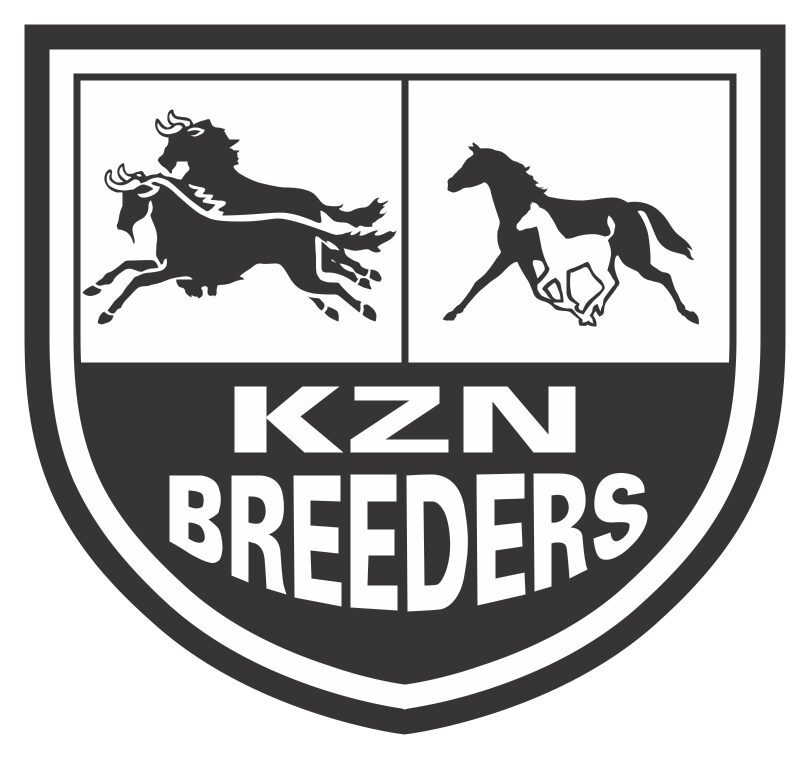Introduction to Equine Breeding
| Introduction to Equine Breeding – Dr Sarah Seitz (BSc, DVM) |
With the breeding season approaching in a few months, I thought my first two articles should be a brief introduction about the very basics of equine breeding. In this article, I will cover a little bit about seasonality and the oestrus cycle.
Horses are seasonal polyoestrous breeders. This means is that the main factor controlling the onset of oestrus (coming into season) is photoperiod (day length). The annual reproductive cycle consists of four different phases depending on the length of daylight:
1. Transition to ovulatory season (August to September in the Southern Hemisphere): This is the time just prior to the onset of breeding season. The ovaries start becoming active when daylight starts increasing in length (14 to 16 hours of light per day). From a management point of view, this is the most important phase of the breeding cycle. Keeping mares under artificial lights, giving mares good nutrition, and housing mares in close proximity to a stallion can all enhance ovarian activity and stimulate follicular development.
2. Ovulatory season (September to January in the Southern Hemisphere): This follows the transitional period, and is characterized by normal regular oestrus (heat) cycles and maximum fertility. Although this cycle will extend into January, thoroughbred breeding must cease by 31st December. I will discuss the oestrus cycle in more detail below.
3. Transition to the anovulatory season (February to March in the Southern Hemisphere): This period is characterized by increasingly irregular oestrus cycles. Follicles may develop but not ovulate (often called autumn follicles).
4. Winter anoestrus (April to July in the Southern Hemisphere): Short daylight length suppresses the hormones necessary for follicle growth on the ovaries. During this time, the ovaries are very small and inactive, and generally no oestrus cycles are observed.
So now that you are more familiar with the annual reproductive cycle, I want to focus more specifically on the ovulatory season and oestrus cycle, since this is when the actual breeding takes place. The oestrus cycle of the mare is 21 days long, and can be divided into oestrus and dioestrus.
Oestrus, or heat, lasts on average for 7 days (anywhere between 3 and 12 days). During this time, estrogen levels are high and progesterone levels are low, which results in follicle growth on the ovary. The mare is receptive to stallion, and her behaviour towards the stallion may include squatting, urination, raised tail and winking of the clitoris. One follicle (or in some cases, two follicles) will become dominant and grow at a rate of 3-6mm per day until it ovulates. Ovulation takes place in the last 24 to 48 hours of oestrus.
Anoestrus is the phase that occurs after ovulation and it lasts on average for 14 days. The ovulated follicle is now called a corpus luteum and it secretes progesterone. Estrogen levels are low, progesterone levels are high and the mare is not receptive to the stallion.
I hope this has helped to familiarize some of you with the basics of seasonality and the oestrus cycle. Next time, I will cover pregnancy, foaling and lactation.
 Sarah Seitz was born in Zimbabwe and moved to South Africa when she was 10 years old. After attending high school at St Andrew’s in Johannesburg, she worked for her father for several years doing wildlife conservation and breeding endangered species. After that, she was introduced to the illustrious world of thoroughbred breeding and racing when she was employed to manage a thoroughbred stud farm for four years. This stud has produced several notable winners in its time, including a Durban July winner. Sarah Seitz was born in Zimbabwe and moved to South Africa when she was 10 years old. After attending high school at St Andrew’s in Johannesburg, she worked for her father for several years doing wildlife conservation and breeding endangered species. After that, she was introduced to the illustrious world of thoroughbred breeding and racing when she was employed to manage a thoroughbred stud farm for four years. This stud has produced several notable winners in its time, including a Durban July winner.
She found herself really enjoying the veterinary aspect of equine management and breeding, so decided to come the USA to study Veterinary Medicine. Far from home and lots of paperwork later, she completed her undergraduate BSc degree at the University of Kentucky in Lexington, and she is currently in her final year of Veterinary Medicine at Washington State University in Pullman, Washington. Sarah’s primary veterinary interest is large animal medicine and theriogenology. Sarah also enjoys volunteer work and has traveled to several countries including India, Nicaragua and Ecuador to provide free veterinary services to underdeveloped communities. |
